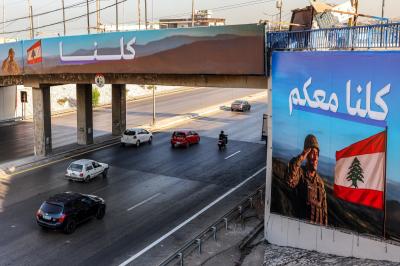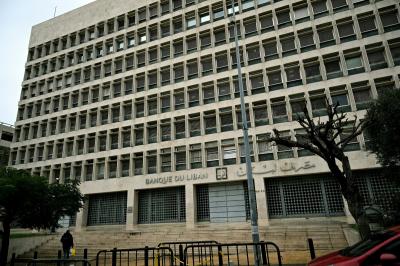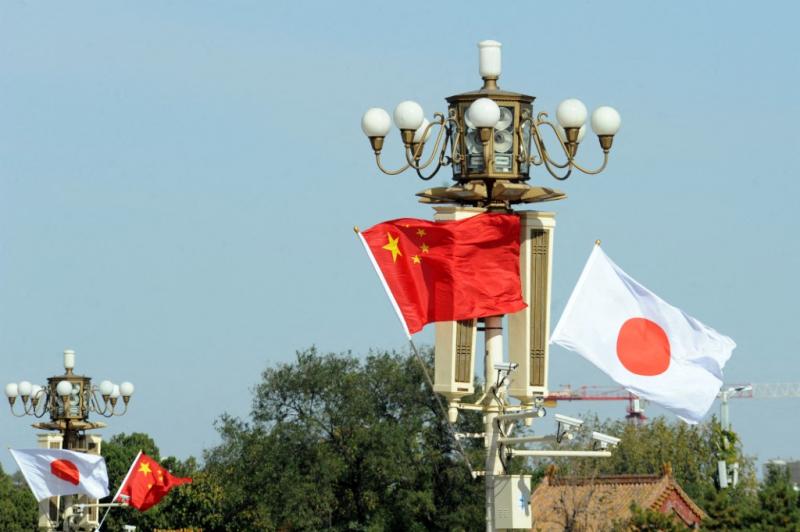Efforts to reduce global poverty are failing dramatically. Whenever countries and international organizations take a step forward in combating one of the most dangerous social and economic "plagues," military conflicts and aggressive financial and trade policies push them ten steps back. Although the United Nations set 2030 as the target date to eradicate poverty, one of its 17 Sustainable Development Goals, the World Bank admitted in 2024 that achieving this goal could take over a century at the current sluggish pace.
Today, half the world’s population—around 4 billion people—lives at or near the upper poverty line, which the World Bank defines as less than $6.85 per day. Meanwhile, in 2024 alone, global military spending soared to approximately $2.72 trillion. According to a report from the Stockholm International Peace Research Institute (SIPRI), published by Asharq Al-Awsat, military expenditures rose by 9.4% compared to 2023, the sharpest annual increase since the end of the Cold War.
Arms Race and Poverty: An Inverted Relationship
The relationship between militarization and poverty is fundamentally inverse for two main reasons. First, rising military spending diverts funding away from health, education, and other social safety nets. Second, military build-ups often signal the intensification of wars and conflicts—the primary drivers of poverty.
What's particularly alarming is that increased military spending is not limited to conflict zones like Russia and Ukraine or superpowers like the United States. More than 100 countries ramped up their defense budgets in 2024.
This escalation unfolds even as progress against poverty remains weak. Russia, for instance, spent roughly $149 billion on its military in 2024, a 38% increase from 2023 and double its 2015 level. Meanwhile, 8.5% of Russians (about 13 million people) live below the poverty line. Although official statistics suggest a slight decrease in the poverty rate from 10.5% the previous year, defense spending now consumes 19% of the government budget.
In the United States, where the poverty rate stands at around 11%, military spending reached $1 trillion in 2024, accounting for 37% of the world's total defense expenditures.
Trade Wars Are No Less Dangerous
"Prioritizing military security often comes at the expense of other budget sectors," SIPRI noted in its report. Fighting poverty is one such sector, as it competes with the other 16 Sustainable Development Goals for limited funding, explains Suhad Abou Zaki, an agricultural economist and advisor for grants and research at the Rural Entrepreneurs Association.
Abou Zaki warns that worsening military conflicts, escalating trade wars, and accelerating climate change are collectively shrinking social spending and making it harder to achieve poverty reduction targets.
Climate Wars
Countries' commitments to achieving Sustainable Development Goals—particularly poverty eradication—are increasingly being undermined by reduced climate spending and growing defense budgets. America's withdrawal from the Paris Climate Agreement, for example, negatively impacted global food security and poverty levels. Decreased investment in sustainable development will only exacerbate poverty around the world.
Spiraling Military Build-Up
Despite declarations of peace, "the world is heading toward more arms and more wars," says retired Brigadier General Naji Malaeb. He cites international reports showing rising arms exports after a period of relative stagnation between 2010 and 2019.
According to Malaeb, there have been significant shifts among major arms-importing nations. Germany, for instance, plans to invest around €400 billion to rearm its military and continue supporting Ukraine. Japan recently unveiled a five-year defense strategy overhaul, committing nearly €800 billion to its military expansion. Europe also plans major rearmament initiatives.
The surge in military spending is not limited to conflict zones or wealthy nations. Arab countries have emerged among the top arms importers between 2020 and 2024, with Qatar, Saudi Arabia, Egypt, and Kuwait ranking among the top ten globally.
Economically, "this model pressures other nations to allocate enormous budgets for defense at the expense of development," Malaeb explains. "It also weakens international institutions, turning organizations like the United Nations into powerless observers as global decision-making falls increasingly under the control of major powers, particularly the United States."
A Bleak Outlook for Poverty Reduction
The coming years are likely to see worsening poverty, especially as the United States slashes its foreign aid programs, once a cornerstone of global development. The budget of USAID, now dismantled, once surpassed the entire budgets of many countries.
Combined with America's withdrawal from climate agreements, decreased investments in carbon reduction initiatives, rising tariffs, and the alarming surge in arms production and exports, the result will be the same: the forceful removal of social welfare systems across much of the world, driven by militarization.
Please post your comments on:
[email protected]
 Politics
Politics













